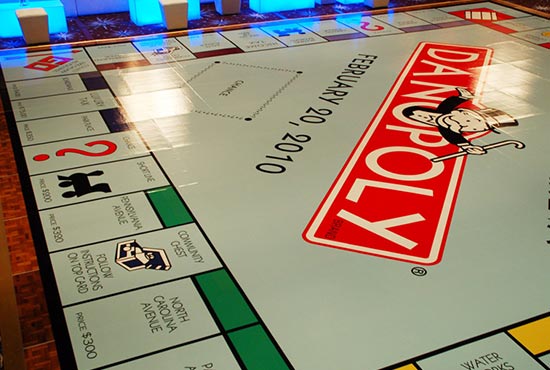
One notable trend in responsive LED dancing floors is the integration of intelligent technology. Many recent models incorporate detectors that identify movement and modify the lighting accordingly. This implies that the floor can alter colors, designs, and effects based on how numerous individuals are moving and their location they are positioned. This reactivity fosters a dynamic setting that encourages involvement and excitement. Additionally, some models allow participants to manage the lighting through smartphone apps, providing them the ability to tailor their experience in the moment.
Another important pattern is the use of eco-friendly resources and energy-efficient tech. As environmental issues grow, many creators are focusing on developing LED dancing floors that are not only aesthetically stunning but also eco-friendly. This comprises using repurposed materials for the surface's building and implementing power-efficient LED lights. These advancements assist reduce the environmental footprint of events while still offering a captivating aesthetic experience. By focusing on sustainability, designers are attracting to a more ecologically aware crowd.
The incorporation of enhanced reality (AR) is also transforming the responsive dance floor encounter. AR technology enables users to view digital graphics and animations overlaid on the physical world through their smartphones or AR spectacles. This can enhance the dance surface encounter by adding digital components that interact with the real environment. For example, performers might witness animated characters or graphic effects that respond to their actions, creating a unique and captivating environment. This trend is particularly appealing to millennial crowds who are accustomed additional reading to virtual engagements in their daily lives.
Additionally, the design of responsive light-emitting diode dance floors is growing more flexible and modifiable. Many recent models can be readily set up in various settings, from short-term gatherings to permanent installations. This adaptability enables venues to create customized encounters that cater to different concepts and crowds. Some designs even feature interchangeable parts that can be rearranged to form varied shapes and layouts. This flexibility not only enhances the visual appeal but also allows for artistic design in gathering planning.
In conclusion, the prospects of interactive LED dance surfaces is being influenced by innovative styling patterns that concentrate on technology, sustainability, enhanced virtual reality, and flexibility. These advancements are creating more engaging and captivating encounters for participants, making dance surfaces a central feature of recreational locations. As these patterns continue to evolve, they will likely redefine how individuals engage with sound and movement, ensuring that interactive light-emitting diode dancing floors remain a favored option for gatherings and festivities.